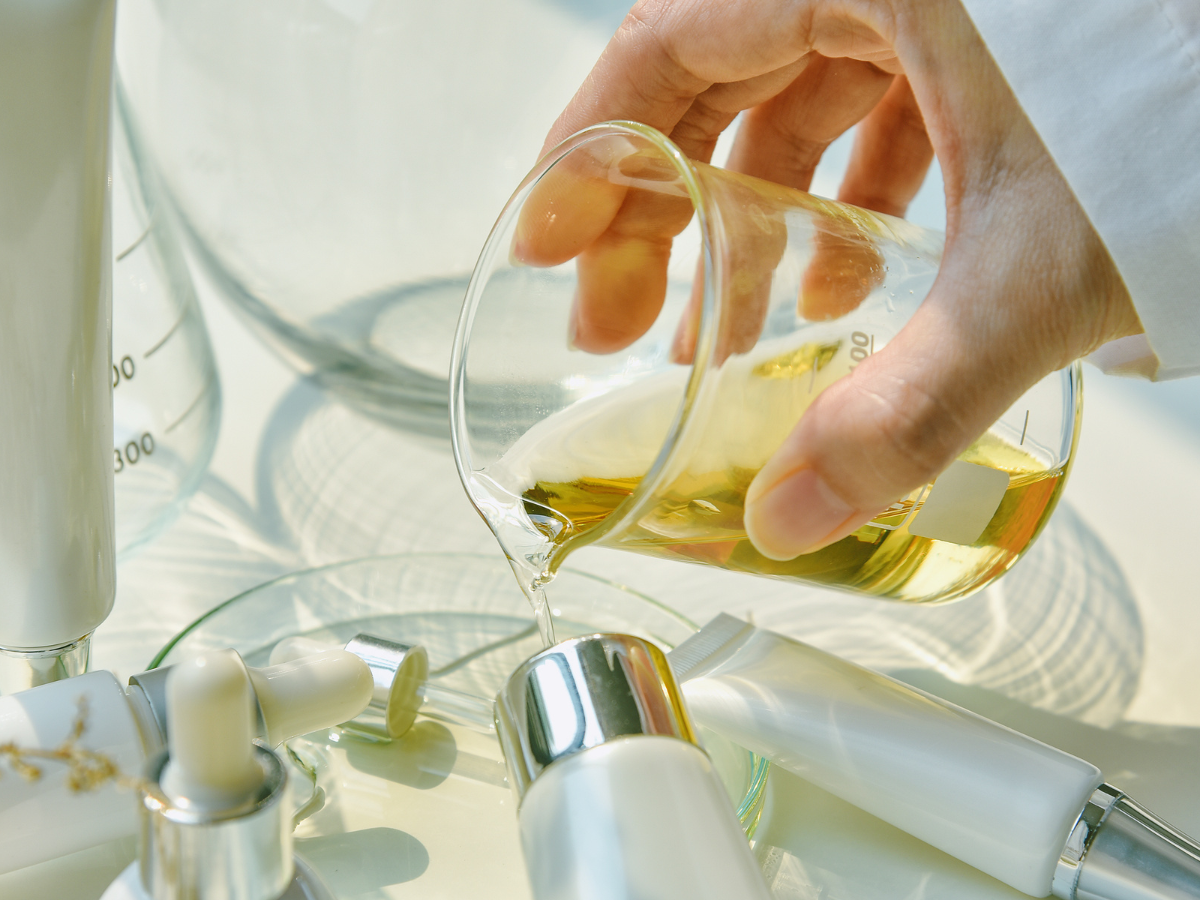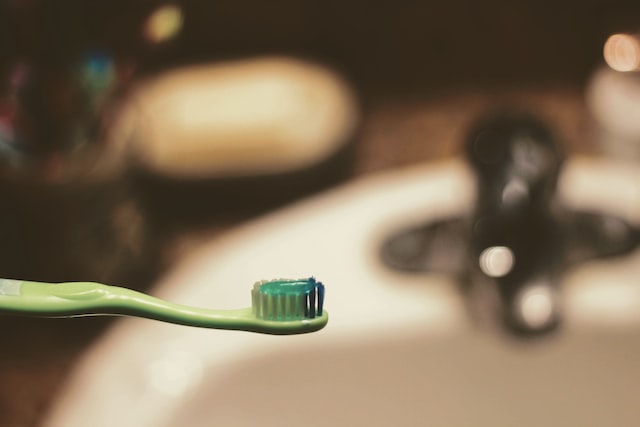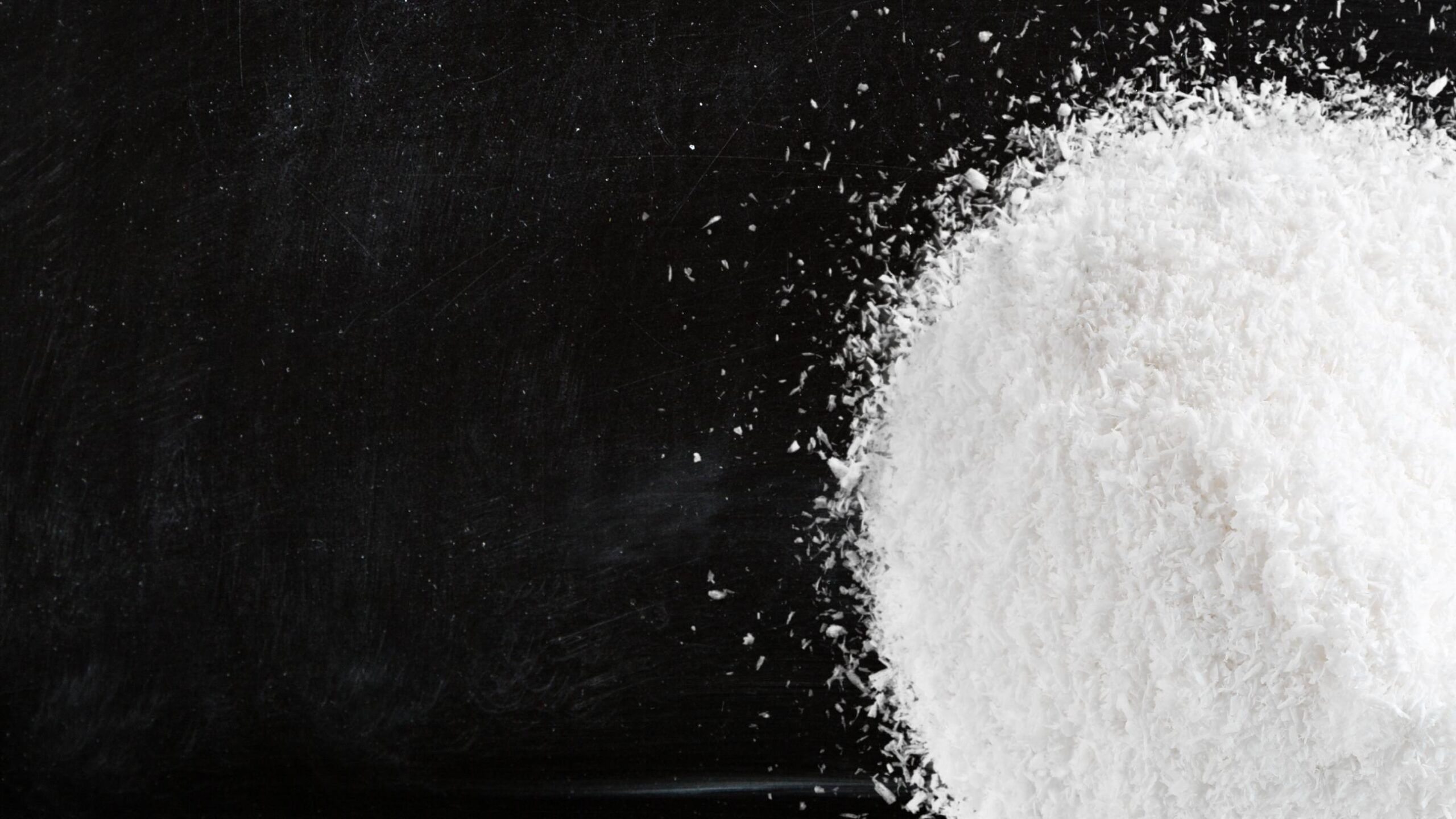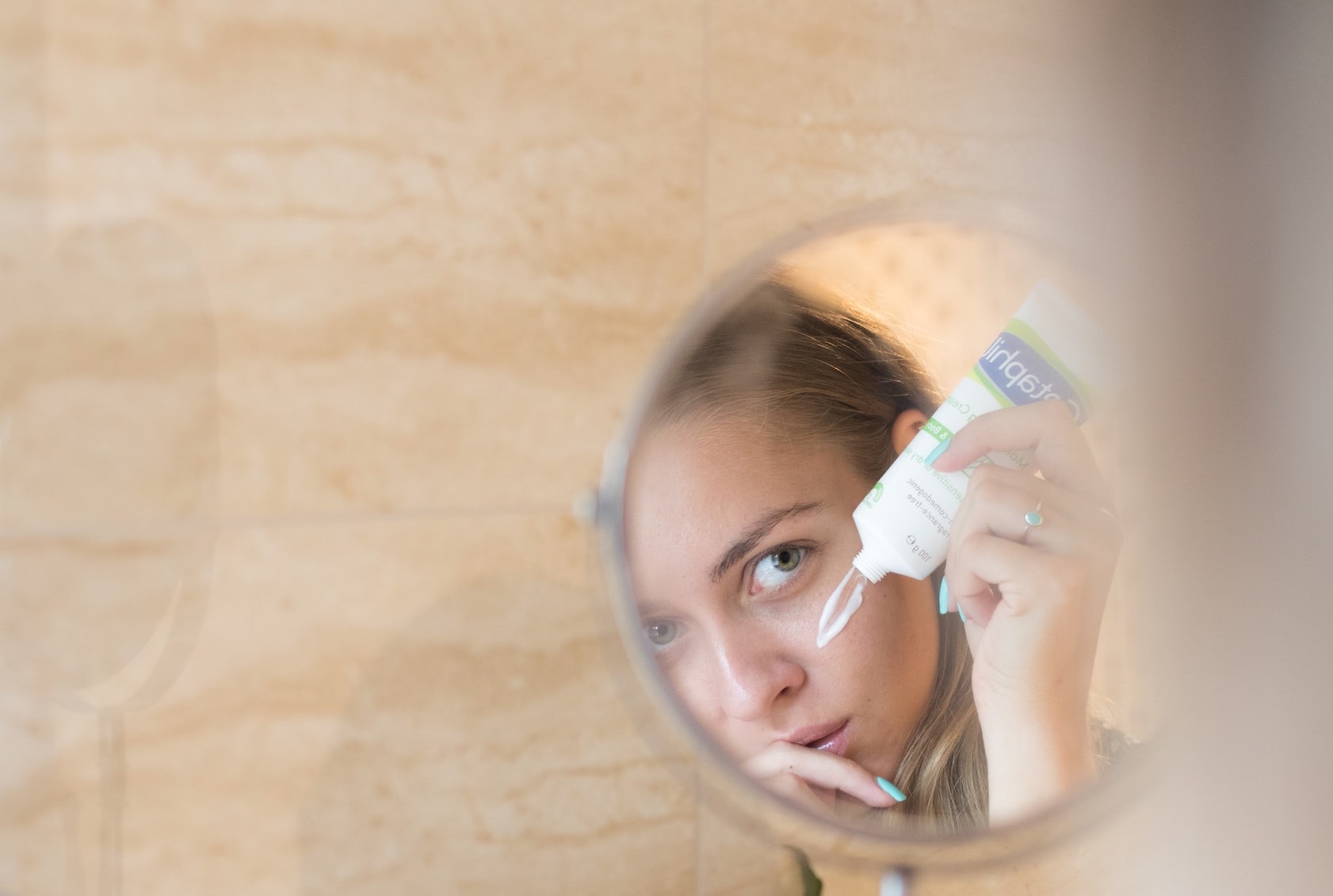What’s new?
On October 25, 2024, the SCCS published its opinion on the use of Biphenyl-2-ol (o-Phenylphenol) and Sodium 2-biphenylolate (Sodium o-Phenylphenate) as preservatives in cosmetic products. Biphenyl-2-ol is currently restricted in Annex V (entry nº7) of the Cosmetics Regulation 1223/2009 with a maximum concentration of 0.2% (as phenol) in rinse-off products and 0.15% (as phenol) in leave-on products.
Based on the data provided, the SCCS considers o-Phenylphenol to be safe as a preservative at the current concentrations as described in the Cosmetics Regulation. The SCCS also considers Sodium o-Phenylphenate safe as a preservative ate the same concentrations. When used together, the maximum combined concentration should be:
- 0.15% in leave-on products.
- 0.2% in rinse-off products.
The assessment did not address the environmental safety of o-Phenylphenol and Sodium o-Phenylphenate and did not consider oral and inhalation routes.








